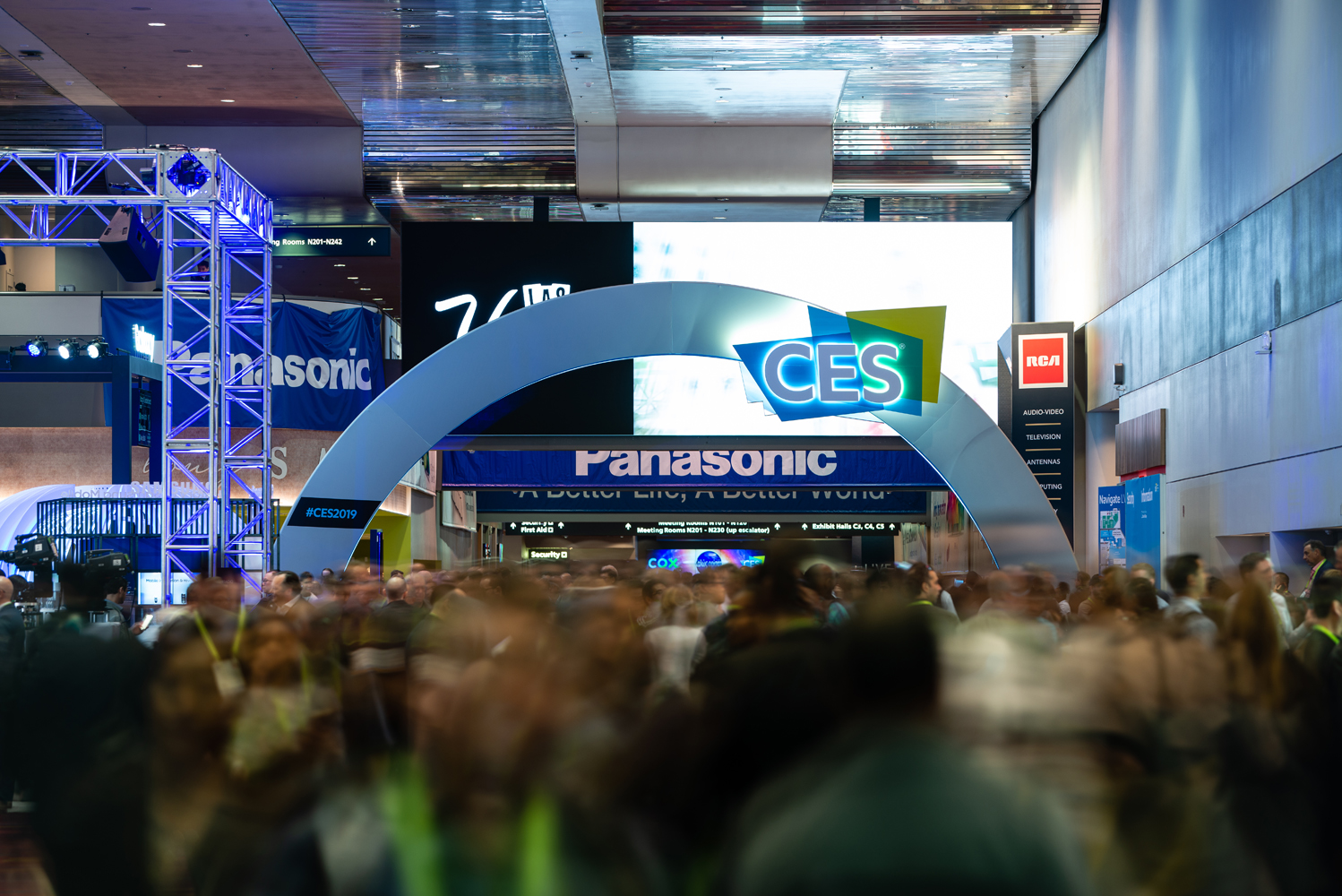Whether you are a first-time or veteran exhibitor, or attending in person or virtually, you can be sure of one thing: Hybrid CES 2022 will be different for everyone. Not only will you need to plan how to reach potential customers, partners, and media who are attending in person, but also how to connect with those participating remotely on the digital venue. With a few key steps, however, you can make sure your CES PR strategy is a successful one.
The first step is to determine your target audience – who are you trying to reach? The more specifically you can identify your ideal customer, the more clearly you can prioritize product features so those most appealing to your audience rise to the top. For instance, if you are targeting moms, is it moms of babies, toddlers, young children, or teens? Knowing the demographic is key to developing the message that will resonate best and help in determining relevant media.
Some questions to consider for help in crafting the messages to be used with media and customers:
- How does your product fit into the industry narrative?
- Is this the first of its kind, and if not, how is it different from the competition?
- What problem does this product solve?
- What benefits does this product provide?
How to Stand Out
Media outlets are good vehicles to tell your story and share your news, but how do you attract attention and get reporters to even read your email? Here are three ways:
- Highlight what is unique about your product and why it is important in today’s world.
- Only contact relevant media and do not send to the entire CES registered media list. This requires research to see who is writing or producing content about your product category. The biggest complaint I hear from reporters is about receiving press releases or pitches on products they don’t cover.
- Provide easy-to understand content and great assets such as links to videos and images.
How to Pitch Media
Media are extremely busy, so it’s critical that the information you send is compelling. There is no consistent viewpoint on whether press releases are a valuable resource. Some media ignore, but others do read them. Many companies share their news in company blogs and share on social media. I often send a short pitch summarizing the key information and include a link to the release. No matter whether you are writing a release, a pitch, or a blog, make sure to:
- Provide clear and concise information.
- Use bullets rather than dense copy.
- Don’t use fluff or technical jargon.
- Include images embedded in email; photos capture attention more than words.
If you are offering an executive interview, then it’s okay to follow up once or twice. If you don’t hear back after that, then assume the reporter isn’t interested. Often a reporter will save the email and contact you in the future when they are working on a different story. I’ve heard from reporters as long as six months after I first reached out. Never follow up to ask if they received your email or press release and plan to write about your product. That’s a sure way to be blocked.
A successful PR campaign requires planning, a strong message, good content, and sometimes the right timing.
For more than 35 years, Pam Golden, founder and president of GLA Communications, has created successful communications programs and helped launch many products including DVD, HDTV, DirecTV and 4K TV.















